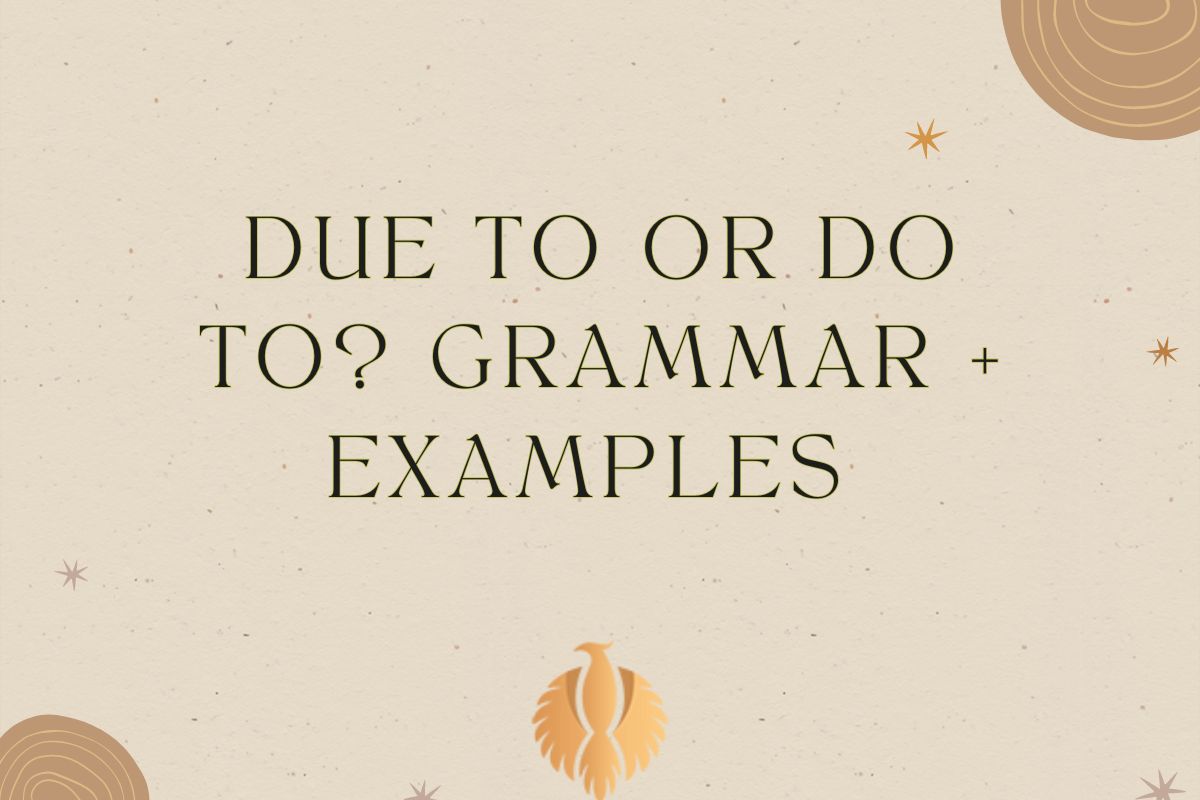In my quest to master the intricacies of the English language, I often find myself fascinated by the subtle differences between similar-sounding phrases.
One such pair that frequently causes confusion is “due to” and “do to.” At first glance, they might seem interchangeable, but understanding the grammar and correct usage of these phrases can significantly enhance clarity and precision in our writing and speech.
Let’s delve into the nuances of “due to” and “do to,” exploring their grammatical roots, common contexts, and practical examples to clarify their proper usage.
You might also enjoy: Canceled or Cancelled: Grammar + Examples + Usage [2025]
Understanding “Due to”
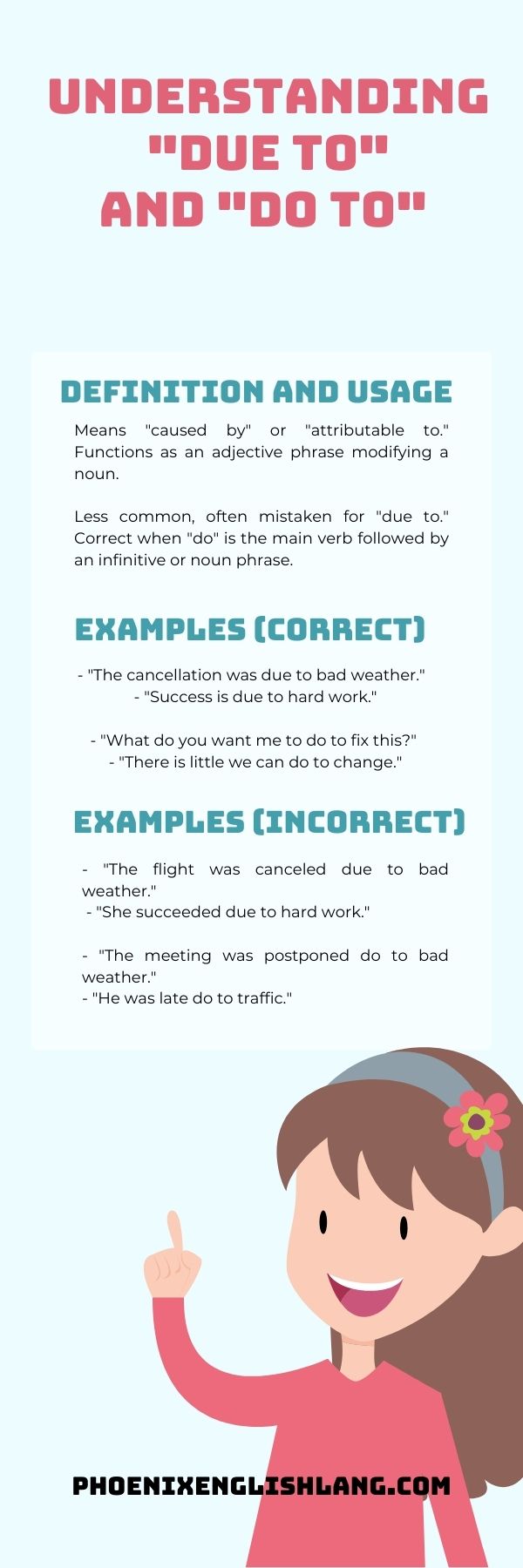
Definition and Grammar
“Due to” is a prepositional phrase that means “caused by” or “attributable to.” It is often used to explain the reason or cause behind something. Grammatically, “due to” typically functions as an adjective phrase modifying a noun.
It is important to remember that “due to” should not be used to modify verbs; instead, it should always follow a form of the verb “to be.”
You might also enjoy: Top 50 Professional Synonyms forI Would Love to
Examples of “Due to”
To better understand how “due to” functions, let’s examine a few examples:
- Correct Usage:
- “The cancellation of the flight was due to bad weather.” ️
- “Her success is due to hard work and determination.”
- “The delay was due to some unknown problems.”
In each of these sentences, “due to” modifies a noun (“cancellation,” “success,” and “delay”), explaining the cause of each noun’s state or condition.
- Incorrect Usage:
- “The flight was canceled due to bad weather.”
- “She succeeded due to hard work and determination.”
- “The train arrived late due to technical issues.”
While these sentences may sound correct, they are grammatically incorrect because “due to” is improperly used to modify a verb (“was canceled,” “succeeded,” and “arrived”). The correct phrase in these contexts should be “because of.”
Substituting with “Because of”
To test whether “due to” is used correctly, you can often replace it with “because of.” If the sentence remains grammatically sound and retains its original meaning, then “due to” is correctly used. For instance:
- Correct: “The cancellation of the flight was because of bad weather.”
- Incorrect: “The flight was canceled because of bad weather.”
This substitution helps clarify when “due to” is appropriate.
Understanding “Do to”
Definition and Grammar
“Do to” is a less common phrase and is often a mistaken form of “due to.” However, “do to” can be used correctly in specific contexts where it functions as a verb followed by an infinitive or a noun phrase. In such cases, “do” serves as the main verb, and “to” introduces the action or object.
Examples of “Do to”
To illustrate the correct usage of “do to,” let’s consider a few examples:
- Correct Usage:
- “What do you want me to do to fix this?”
- “There is little we can do to change the outcome.”
- “I need to do to him what he did to me.”
In these sentences, “do to” is used appropriately, where “do” is the main verb followed by the infinitive “to fix,” “to change,” or “to him.”
- Incorrect Usage:
- “The meeting was postponed do to bad weather.”
- “He was late do to traffic.”
These examples are incorrect because “do to” is mistakenly used instead of “due to.”
Substituting with “To”
A simple way to check if “do to” is used correctly is to substitute “do to” with just “to.” If the sentence remains meaningful, then the original use of “do to” is likely correct. For example:
- Correct: “What do you want me to do to solve it?” => “What do you want me to fix this?”
- Incorrect: “The meeting was postponed do to the CEO‘s absence.” => “The meeting was postponed to the CEO’s absence.”
This test can help ensure that “do to” is used properly.
You might also enjoy: Paid Vs Payed : Differences + Examples [My 2024 Teaching Way]
Real-Life Applications and Examples
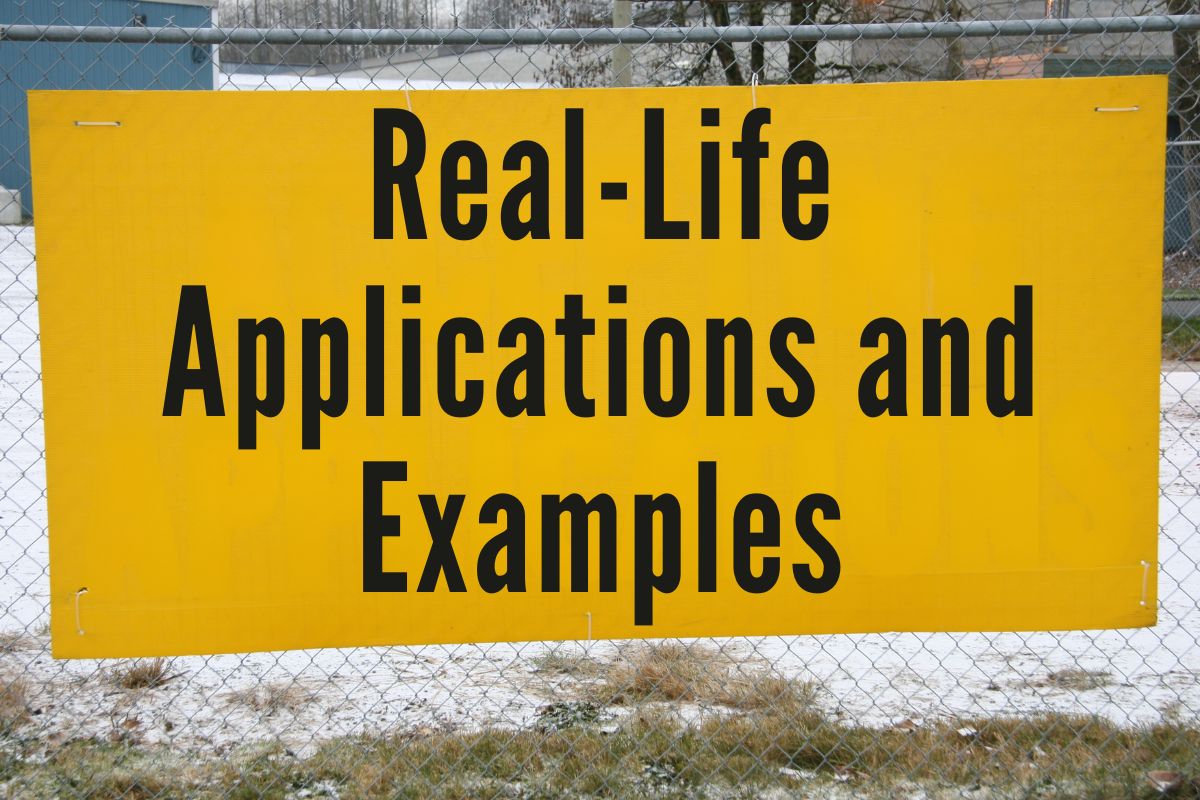
To further explore the proper use of “due to” and “do to,” let’s delve into some real-life scenarios and examples that highlight their differences.
Professional Settings
In professional and formal writing, the distinction between “due to” and “do to” becomes especially important. Using these phrases correctly can enhance the clarity and professionalism of your communication.
- Business Reports:
- Correct: “The company’s delay was due to unknown problems.”
- Incorrect: “The company’s delay was do to unknown problems.”
- Emails:
- Correct: “The time of the school has changed due to a new timesheet.”
- Incorrect: “The time of the school has changed do to a new timesheet.”
In these contexts, using “due to” accurately helps convey the cause of the delay or rescheduling clearly and professionally.
You might also enjoy: Percent Sign Before Or After [2024 Guide]
Academic writing

In academic writing, precision and clarity are paramount. Correctly using “due to” and “do to” can help ensure that your arguments and explanations are well-understood.
- Research Papers:
- Correct: “The experiment’s results were inconclusive due to a lack of control variables.”
- Incorrect: “The experiment’s results were inconclusive do to a lack of control variables.”
- Essays:
- Correct: “The decline in population was due to various socio-economic factors.”
- Incorrect: “The decline in population was do to various socio-economic factors.”
By using “due to” appropriately, you can accurately attribute causes and reasons, making your writing more effective and persuasive.
Everyday Conversations
Even in everyday conversations, correctly using “due to” and “do to” can enhance your communication and prevent misunderstandings.
- Casual Talk:
- Correct: “The children couldn’t go to the park due to the heavy wind.”
- Incorrect: “The children couldn’t go to the park do to the heavy wind.”
- Explaining Situations:
- Correct: “I missed the bus due to traffic.”
- Incorrect: “I missed the bus do to traffic.”
Using “due to” correctly in these scenarios helps clearly explain the reasons behind certain actions or events.
Common Mistakes and How to Avoid Them
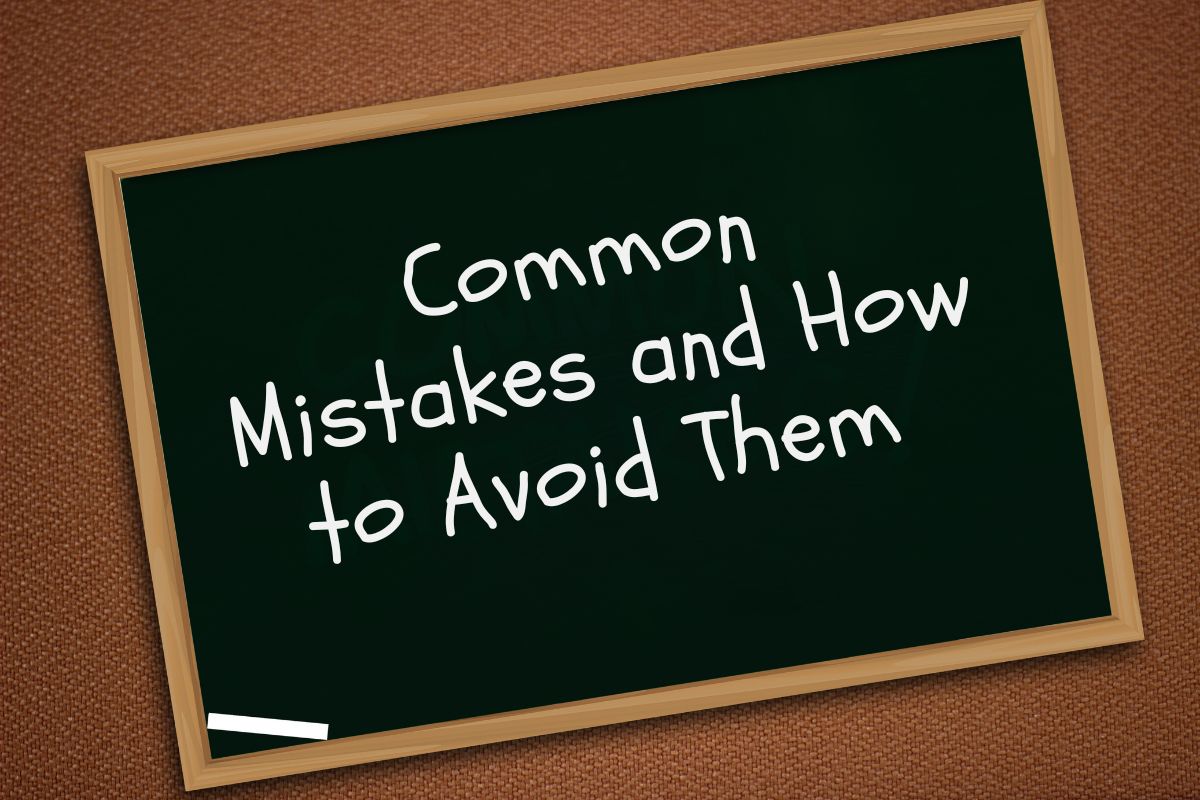
Despite understanding the basic rules, it’s easy to slip up and use “do to” instead of “due to,” or vice versa. Here come some common mistakes and how to avoid them:
Mistake: Misusing “Do to” Instead of “Due to”
- Example: “The event was canceled do to bad weather.”
Correction: “The event was canceled due to bad weather.”
- Tip: Always remember that “due to” explains reasons and should follow a form of “to be.” If you’re describing a cause, “due to” is the phrase to use.
Mistake: Misusing “Due to” to Modify a Verb
- Example: “Sheela resigned due to some pregnancy.”
Correction: “Sheela resigned because of her pregnancy.”
Tip: If you’re tempted to use “due to” after a verb, consider replacing it with “because of.” If “because of” fits and makes sense, “due to” is likely being used incorrectly.
Mistake: Overlooking Context
- Example: “Anne was late do to heavy traffic.”
Correction: “Anne was late due to heavy traffic.”
- Tip: Pay attention to the context. If you are explaining a reason or cause, “due to” is appropriate. “Do to” should only be used when followed by an infinitive verb or a noun.
You might also enjoy: 50 Double Consonant Words You Must Know In Eglish [2024]
Practical Exercises
To solidify your understanding of “due to” and “do to,” let’s practice with some exercises. Try to correct the sentences where needed:
- Incorrect: “The seminar was canceled do to the speaker’s illness.”
Correct: “The seminar was canceled due to the speaker’s illness.”
- Incorrect: “There is nothing we can do to help at this moment.”
Correct: “There is nothing we can do to help at this moment.”
- Incorrect: “The event was a success do to the hard work of the organizers.”
Correct: “The event was a success due to the hard work of the organizers.”
- Incorrect: “I need to do to this document what you did to the previous one.”
Correct: “I need to do to this document what you did to the previous one.”
Nuances and Subtleties
While understanding the basic rules of “due to” and “do to” is essential, the real mastery lies in grasping the nuances and subtleties that come with practical usage. Let’s explore some of these nuances to deepen our comprehension.
Contextual Sensitivity
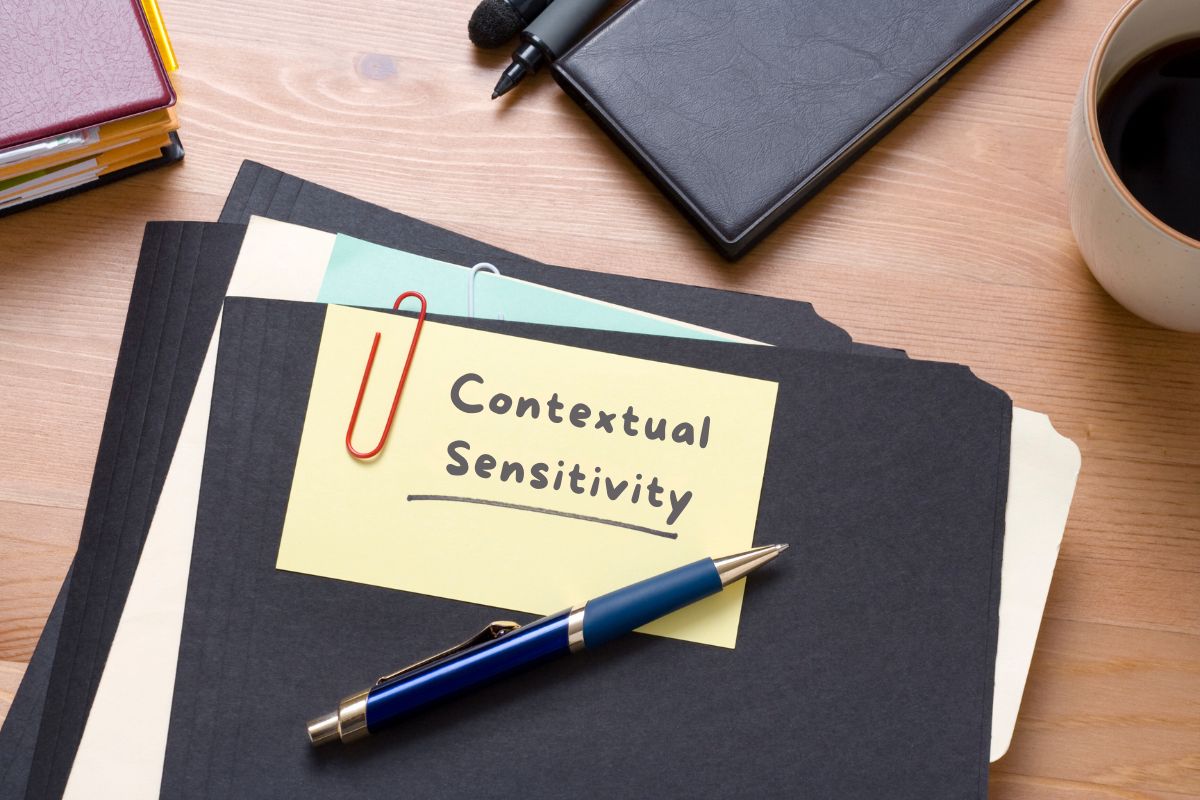
The context in which you use “due to” and “do to” can significantly influence the clarity and effectiveness of your communication. For instance, in technical or scientific writing, precision is paramount. Therefore, understanding the subtle differences in cause-and-effect relationships is crucial.
- Scientific Context:
- Correct: “The anomaly was due to an unexpected reaction in the chemical process.”
- Incorrect: “The anomaly occurred do to an unexpected reaction in the chemical process.”
In scientific contexts, “due to” precisely attributes the cause of an anomaly to a specific reaction, enhancing the clarity of the explanation.
- Technical Documentation:
- Correct: “The system was broke due to a software bug.”
- Incorrect: “The system was broke do to a software bug.”
In technical documentation, using “due to” accurately can help in diagnosing and addressing issues more effectively.
Emphasizing Responsibility
In some contexts, the choice between “due to” and “do to” can subtly shift the emphasis or perceived responsibility for an action or outcome.
- Professional Accountability:
- Correct: “The mistake was due to misunderstanding.”
- Incorrect: “The mistake was do to misunderstanding.”
Using “due to” in this context clearly attributes the delay to a specific cause (miscommunication), which can be important for identifying areas for improvement.
- Project Management:
- Correct: “The result was due to the teamwork.”
- Incorrect: “The result was do to the teamwork.”
In project management, accurately attributing success or failure to specific causes using “due to” can help in recognizing contributions and making informed decisions.
Exploring Misconceptions
Despite the clear rules, misconceptions about “due to” and “do to” persist. Let’s address some common misconceptions and clarify them with examples.
Misconception: The Terms “Due to” and “Because of” Are Always Equivalent
While “due to” and “because of” can often be used to express similar ideas, they are not always interchangeable.
- Incorrect: “She left early due to she was feeling unwell.”
- Correction: “She left early because she was feeling unwell.”
In this case, “because” correctly introduces a clause, while “due to” cannot be used in this structure.
Misconception: “Do to” is a Variant of “Due to”
Some might think “do to” is simply a variant of “due to,” but this is incorrect.
- Incorrect: “The meeting was delayed do to unforeseen circumstances.”
- Correction: “The meeting was delayed due to unforeseen circumstances.”
“Do to” and “due to” serve different functions and are not interchangeable.
Historical Usage and Evolution

The evolution of language frequently results in confusion between similar-looking phrases. “Due to” has long been used to indicate caution. English has been borrowed from several languages and changed over centuries, resulting in terms that appear and sound similar yet have different meanings or usages.
The Historical Context of “Due to”
For millennia, “due to” has been a component of the English language. Its roots can be traced back to Latin, where “due” is derived from “debere,” meaning “to owe.” Over time, this evolved into the phrase “due to,” signifying something owed or attributable to a cause.
- Historical Literature:
- “His downfall was due to his hubris.”
- “The success of the harvest was due to favorable weather conditions.”
In historical literature, “due to” was often used to attribute causes to specific outcomes, much as it is today.
You might also enjoy: How To Start Spoken English For Beginners? 7 Tips
The Emergence of “Do to”
While “do to” is not a historical phrase in the same way, its emergence in common usage often stems from typographical errors or misunderstandings. However, when correctly used as a verb followed by an infinitive, it can be traced back to Old English structures where verbs were commonly followed by infinitives to indicate actions.
- Correct Historical Usage:
- “What shall we do to resolve this issue?”
- “I must do to her as she has done to me.”
In these examples, “do to” follows the structure of Old English verb-infinite combinations.
Practical Implications and Best Practices
Understanding the correct usage of “due to” and “do to” is not just about following grammatical rules; it has practical implications for effective communication.
Enhancing Professional Communication

It is essential to communicate in a clear and exact manner in professional contexts. Misuse of the terms “due to” and “do to” might result in unclear or confusing statements.
- Emails and Reports:
- Correct: “The delay in the project was due to a supplier issue.”
- Incorrect: “The delay in the project was do to a supplier issue.”
By using “due to” correctly, you ensure that the cause of the delay is clearly communicated.
Improving Academic Writing
In academic writing, precision and clarity are paramount. Properly using “due to” and “do to” can help ensure that your arguments and explanations are well understood.
- Research Papers:
- Correct: “The experiment’s results were inconclusive due to a lack of control variables.”
- Incorrect: “The experiment’s results were inconclusive do to a lack of control variables.”
By using “due to” appropriately, you can accurately attribute causes and reasons, making your writing more effective and persuasive.
Conclusion
Throughout my journey of exploring “due to” and “do to,” I’ve come to appreciate the importance of precision and clarity in language.
These two phrases, though similar in appearance and sound, serve distinct functions and follow different grammatical rules.
By understanding and correctly applying these rules, we can enhance the effectiveness of our communication, whether in professional settings, academic writing, or everyday conversations.
You might also enjoy: Say Less Meaning + Usage + Origin + Examples [2024]
Key Takeaways
“Due to”: Use this prepositional phrase to explain causes or reasons, ensuring it follows a form of “to be” and modifies a noun.
“Do to”: This phrase is appropriate when “do” is the main verb followed by an infinitive or a noun, indicating an action.
By grasping the subtle differences between “due to” and “do to,” we enhance not just our personal speaking and writing abilities but also clearer and more efficient communication in general.
The next time you’re undecided between these two expressions, go back to the guidelines and illustrations we went over and let accuracy lead your decision.
This painstaking attention to detail is about more than simply grammar; it’s about honoring the English language’s rich richness and aiming for perfection in our communication.

Hi, welcome to my blog! My name is Omid and I am thrilled to have you here! I am an English language teacher with 12 years of experience and hold multiple international certifications (TESOL, IELTS, TOEFL, PTE, CELTA). Additionally, I hold a PhD in Applied Linguistics with a specialization in Teaching English as a Second Language (TESL), which fuels my passion for teaching English and assisting others in mastering the language. To me, nothing is more rewarding than helping individuals enhance their English language abilities through various methods. So, let’s embark on this journey of learning English together.

